When I schedule my exercise, I tend to leave it flexible and just make sure I do something at least five times a week. This fits my lifestyle and helps prevent me from making excuses.
To schedule your exercise, think in terms of adjustable daily and weekly time slots. Then you can adjust your schedule at the end of the day or week as unscheduled events occur. Schedule it with some flexible time before and after to allow for travel, shower, clothes changes, and preparation. Most importantly, decide it will be a part of your life, no matter what.
I have usually scheduled my exercise in the morning each day Monday through Friday. If for some reason I can’t make it in the morning, I will eat dinner and wait at least an hour and go exercise. I’ve determined that exercise is a part of my life, even if I only get in five minutes of it.
Exercise Mindset

Let’s face it, if something is unenjoyable or too hard I’m likely not to do it. Exercise falls into that category for so many people. They know they should do it, but it doesn’t seem possible.
To make exercise a regular part of my life, I will need to have some system in place to help me get going each day. I’ve found that two foundation blocks need to be in place for me to exercise regularly.
The first foundation block is – belief. I need to get the idea that exercise is an important part of my life. I can’t just think it’s a good idea. I have to know in my heart that it’s something I want to be a part of.
The second foundation block is- attitude. I never was able to get into a regular exercise routine until I made the decision to let go.
I let go of feeling that I needed to exercise and started to feel that I wanted to just show up and enjoy whatever experience I participated in. No pressure. That’s when I started to exercise more often and felt happier doing it.
Believe in Exercise
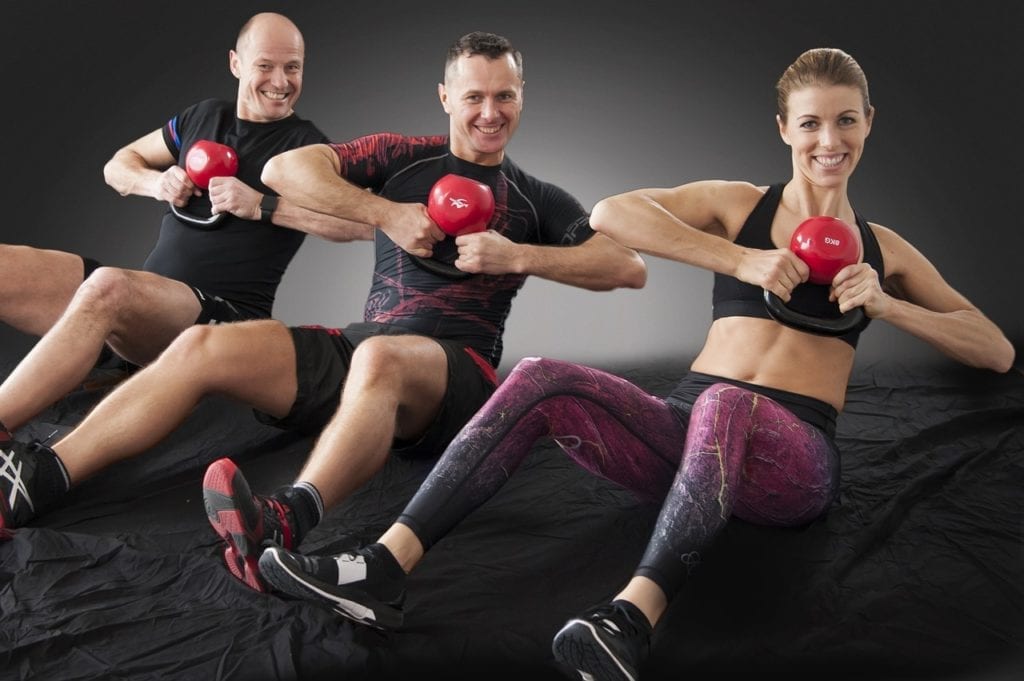
I’ve always felt the pull of exercise. It kept pulling at me over the years. That’s partly because of all the motivational movies and videos I’ve watched over the years and the scientific documentaries I’ve seen about keeping your body healthy.
One book motivational book that I have read is called Body for Life. (Amazon Link) There are some great stories in it about people who have changed their life by committing to exercise. I felt motivated after reading this book.
These stories and documentaries have prompted me to read books about exercise as well. Another book that I found motivational for me is Fitness is Religion. (Amazon Link) I love how it talks about exercise as a way of living, not a task.
I’ve adopted the idea that exercise was important early in life, through playing sports and having the natural inclination to get outside and be adventurous.
Later, when I found it difficult to find the time and energy to exercise, all of the wealth of information about keeping healthy came in helpful. I knew without a doubt that exercise was important.
The knowledge I had gathered over the years helped motivate me to begin the journey of making exercise, a part of my everyday life.
A Change in Attitude

When I wanted to exercise, I always feel into a mindset of needing to set a goal and accomplish it. Setting goals and accomplishing them is usually the way to go, but exercise is challenging for most people and goals alone aren’t enough.
Sometimes I would accomplish my goals and feel good, but often I would fail to achieve my goals, life would get busy, and my motivation went away. I just wasn’t in an exercise frame of mind.
I knew how important it was, and yet I couldn’t bring myself to do it consistently.
What Changed?

As life went on over the years, I continued to build the belief in exercise and feel the pull to start a consistent program. I knew how important it was. So very important to me.
Then I came to an understanding of myself. I was not going to exercise when I felt pressure and unhappiness when I exercised.
I was one of those people who exercised and didn’t feel any lift in mood. Sometimes I would just feel worse after exercise. So exercising didn’t bring me the good feelings that some people experience at first.
So my solution was to let it go. I let go of my goals and which exercise I needed to work on and made a decision to just show up.
I determined to enjoy my time by listening to music I enjoyed and making my exercise time an escape from the daily grind. I would find something I liked to do at the gym and do it.
It didn’t matter how much I did or what I did. I would try lots of different activities, like running (article), swimming, weights, treadmill, elliptical, and whatever I felt like.
The ultimate goal was to start enjoying exercise. And I did. I tried to remember not to feel any pressure by placing constraints on myself. In time I started exercising more regularly.
I felt good going to the gym most of the time. I liked having time to hang out and listen to music and do some exercise, with no pressure being applied.
After 3-4 months I could start to feel the effects of exercise on my happiness. I think it took that long for my body to start producing enough endorphins so I could feel good after exercise.
What I Learned
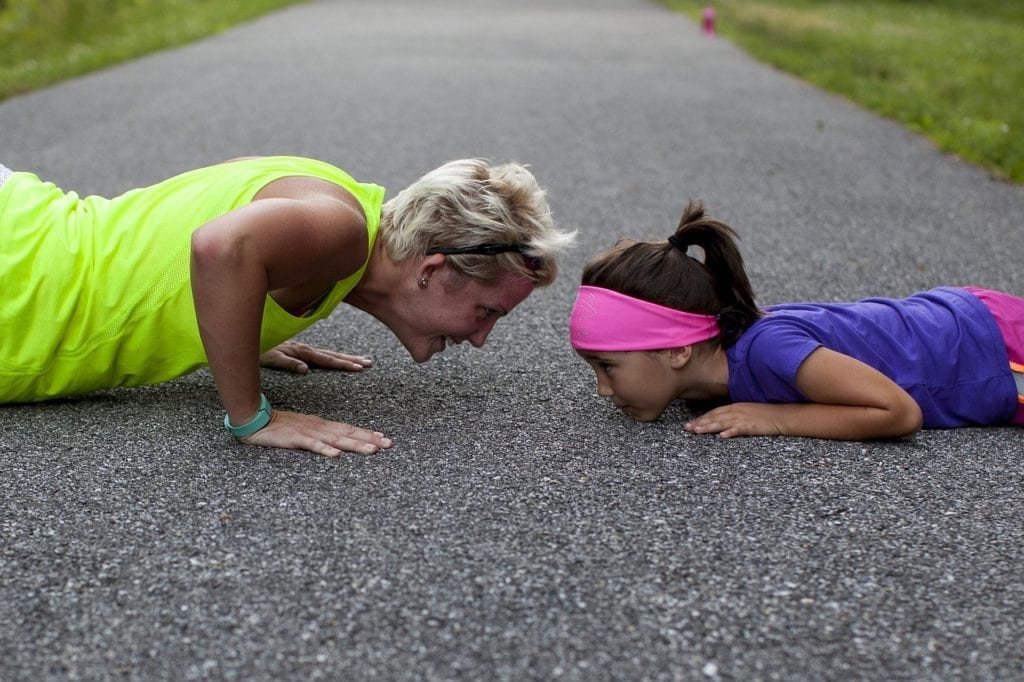
Now I continue to feel good when I exercise. I have come to set goals without feeling pressured. They have come out of a desire to strengthen myself, not because I felt I needed to.
I’ve learned that for me, a change in my attitude about exercise was the key to overcoming the difficulties of keeping a consistent schedule.
I was able to show up each day, and it didn’t matter if I did one push-up or one hundred. I was making it an enjoyable habit. And when you’re at the gym, well there’s not much to do except exercise, so I did.
That’s what worked for me. The commitment to show up with no pressure was what helped the most.
Getting Out the Calendar
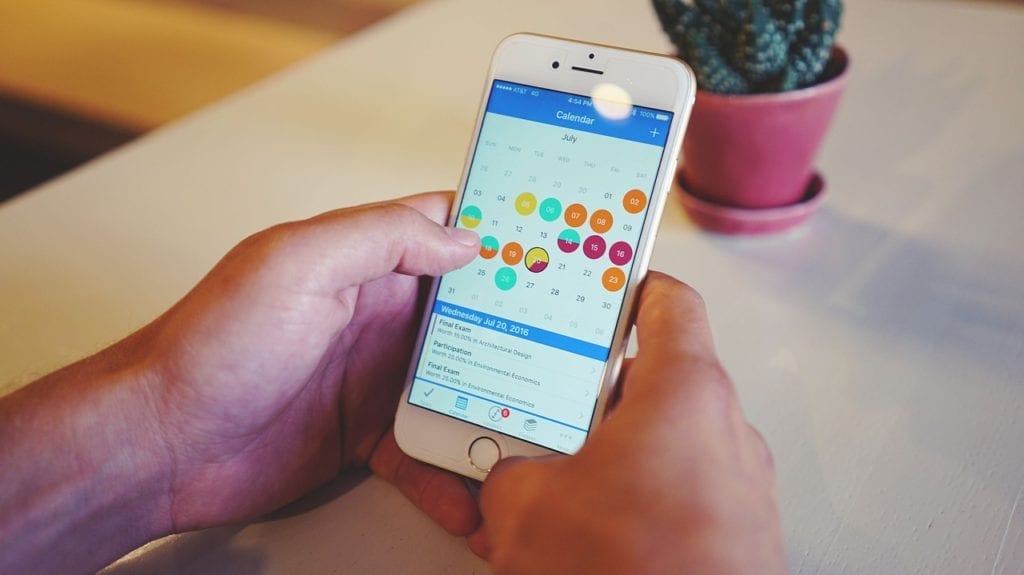
Before putting a schedule down on paper, plan out your motivation for success. A failed exercise program won’t help you much, as I’ve seen time and again in my life.
Sometimes the idea of exercise seems
Plan Your Motivation
When it’s time to schedule your exercise consider why you are exercising, so you can determine your schedule better.
Are you exercising to lose weight, get healthy, build muscle, repair injuries, increase your energy, or for other reasons. Get a clear idea of your intentions before you start, so you can refocus on these reasons when you start to lose focus.
After you’ve decided on your reason to exercise, think about why this is important to you. Is it because someone told you to exercise or do you feel the internal pull to do it for yourself.
If you’re just following the pack, your motivation may falter. You may also want to get support from others for the motivation you may need to see you through a regular exercise routine.
Think about what you need to have a consistent exercise routine. Do you need a partner, a reward, reminders, a personal trainer, compliments, a goal, a friend to keep you accountable, or something else?
So if you want to exercise to get fit because you feel being healthy feels great, and the support I need is a partner for motivation. Now it’s your turn. Fill in the blank.
I want to exercise to ___________ because ______________________________, and the support I need is __________________________.
Write it Down
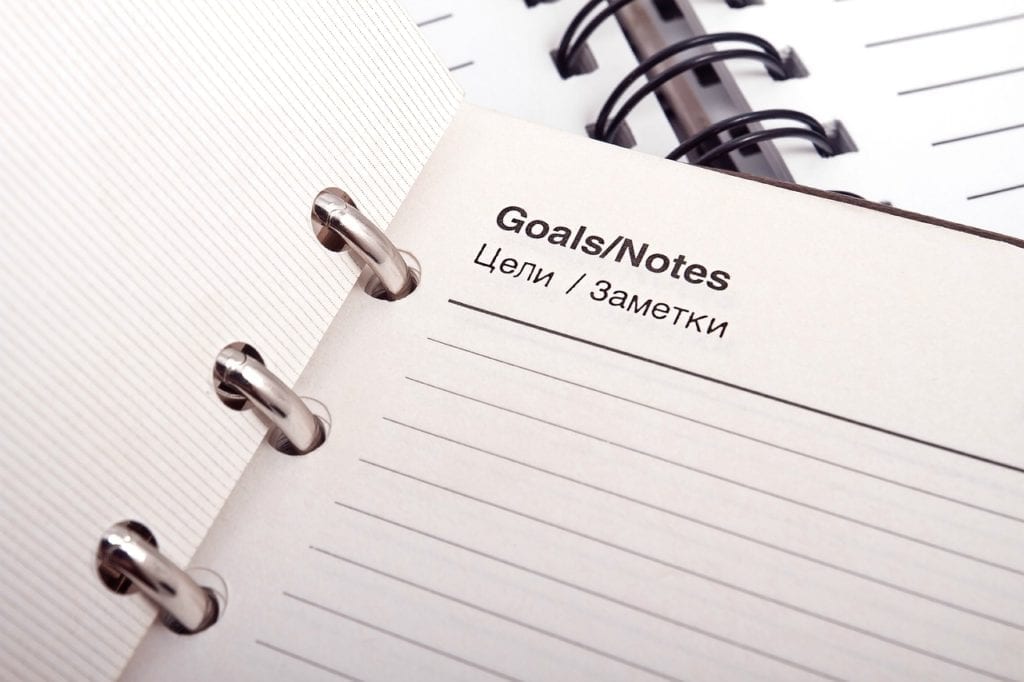
Once you’ve determined your reasons for exercising and considered the support you may need, decide how much time you’ll spend working toward your goal.
Try to be realistic with your goals. Think about the time you need for travel, a change of clothes, exercise, and a shower. Is there anything else to consider when planning how much time you’ll need?
Write down the days of the week you’ll be exercising and a block of time you’ll need. I recommend starting by scheduling one week at a time and then figuring out what worked and didn’t.
In this
| Sun. | Mon. | Tues. | Wed. | Thurs. | Fri. | Sat. |
| — | 6-7 AM | — | 6-7 PM | — | 6-7:30 PM | — |
You don’t need to follow a schedule or program that someone else has given you unless you know that this is what you really want for yourself. In other words, create a schedule that will work best for you.
Be Flexible
If your like most people with a busy schedule you’ll need to adjust your exercise time to whenever minutes or hours are available.
Make the Time
If no time is available, make time. Set your priorities and if exercise is near the top, change the way your day is laid out. You could get up earlier, reduce time at work, or work out after work.
By making time available you’re taking charge of time and making it work for you. Some days you’ll only have a spare 5 minutes. Use it to your advantage by having a little bit of exercise fun.
Starting Out
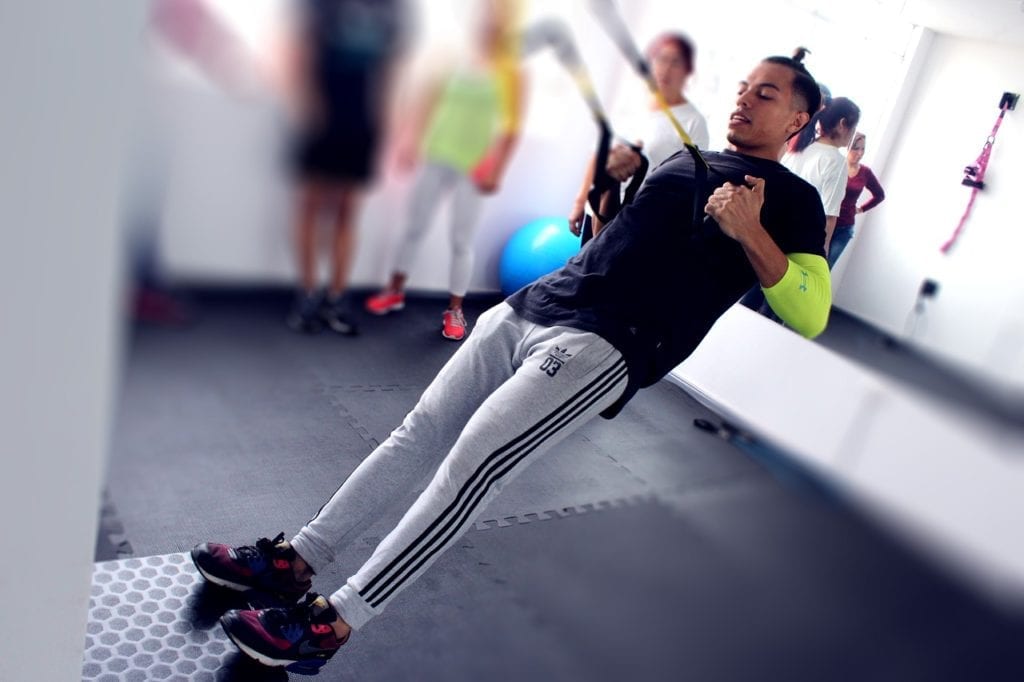
You’re starting your exercise routine. You’ve set aside the time to exercise on certain days. Now you’ve set the wheel in motion. Watch each day as you exercise and determine if it is working for you.
That doesn’t mean you need to stop if it isn’t. But it does mean it might mean it’s time to go back and look at the best times to arrange your schedule to exercise, what your exercise goal is, why you want that goal, and if you’re getting enough support.
Remember this is about what you want, and with exercise, a routine is key for good results. Getting into the routine first is probably more important than the effort you put into exercise.
If you need to, take it very
Exercises and Goals

After 4-6 months of a regular routine and making exercise a part of your life, it’s time to get specific. Still, enjoy the process, but start focusing on, if you haven’t already, exactly what exercises are best suited for the desired outcome.
Writing down what exercises you’ve done with the times they took and weights used will give you reference over time to see where you’ve been and where to go next.
Don’t try to change goals too fast. If you’re increasing weight or running longer distances, follow guidelines that others with experience have given. Usually, when you’re taking your time with exercise, you’ll add more time or weight depending on the exercise you’re doing.
Avoid Pitfalls

Getting into a regular exercise routine can be tough for most people. Life happens, and we find that other things take priority.
It’s at this point, that looking at our top priorities is a good idea. Why have I decided that TV is a top priority over exercise? Why is eating a bowl of ice cream taken priority over a balanced meal?
While TV and ice cream are not bad, they may be a way to escape or not deal with the issues we have. Taking a step back and seeing things from a different point of view might help.
Strategies For Overcoming Obstacles
There’s always going to be something trying to set priority over-exercise. Some are good reasons and some are less so. We can still exercise when unscheduled events come up.
Here are 20 ways to exercise when things seem difficult.
- Plan Daily. If you plan your schedule each day, you can likely rearrange events to fit in a bit of exercise. When you write down all the items that you would like to accomplish in the day, decide that exercise is a priority and put it first, even if you can’t accomplish everything on the list.
- Show Up. Even when you have two minutes to exercise, making it a consistent routine will reinforce it and make it a habit. So, show up for exercise time even if the amount of time is ridiculously short.
- Put the TV, Tablet, and Phone on Time Out. If you’re like me, you’ve said I can’t exercise today, I’m so tired. “It turns out that watching TV after a stressful day at work doesn’t relax or rejuvenate you. It’s worse, according to a recent study. Watching TV after a stressful day leads to feelings of guilt and failure.”(1) So, you can either decide sleep is a priority or try a bit of exercise and give yourself some praise.
- Start Small. If you feel overwhelmed, but feel it’s important to exercise, start with small sessions. I think using a 7-minute workout app on your phone, tablet, or youtube video is a great way to get some exercise during the day.
- See the Big Picture. During a daily or weekly planning session, see how your priorities to get things done will impact your life in the long run. For example – do laundry, clean bathroom – low impact; work overtime, tend to garden – medium impact; call spouse to say I love you, exercise, eat healthy – high impact.
- Multitask. Try exercising while doing something else. Walk 30 minutes while talking on your cell phone. Do a workout during your favorite TV show. During laundry or preparing dinner takes a couple of minutes to do push-ups, plank, squats, jumping jacks, or other.
- Keep Your Kids Busy. If you need 10 minutes to exercise while cooking dinner each night, schedule time to have the kids do an activity that is consistent each time. Soon they’ll expect and know what to do when it’s your exercise time.
- Get Some Help. Decide it’s time to get some help. Choose to ask your kids, friends, or spouse to do chores that need to get done, so you can exercise. Hiring someone to help and staying home to exercise might make some financial sense if the cost is about the same.
- Set an Alarm. When I teach in the classroom, I often will set an alarm (Amazon Link) to make sure we’re on schedule. There are many phone app that can help with keeping you on task throughout the day. As you get more efficient with tasks, time will free up for exercise or other priorities.
- Get a Partner or a Personal Trainer. Having some accountability and help with pushing through tough times can be helpful. Whether you’re tired or feel like there’s no time having someone there for you will aid in providing some much-needed motivation when yours is low.
- Rest. Make sure to take about two days to rest from your exercise routine if you’re exercising five days out of the week. Resting your body is necessary to recover from exercise and will give the needed energy you need when you exercise again.
- Have Fun. There are tons of ways to exercise the same muscle. Try something different to spice up your routine. Playing a sport might be a great option, biking, hiking, and anything new and fun.
- Time Change. Make a change in the time that you normally exercise. Try morning, evening, or 4 O’clock. You may feel good exercising at a different time than you normally do.
- Brain Circuits. Use a new neural pathway to help you feel great about exercising. When we think and feel the same things over and over, our neural pathways get stronger. This makes it easier to either feel good when exercising because we’re focusing on the positive things or feel bad because we’re focusing on the negative things.
- Visualize the Outcome. Decide to take a few minutes each day to see the end result of your exercise. Do you want to run a 5k, lift 100 lbs, or look more fit? Make it a habit to see the end result and your mind will tend to want to fulfill that goal that you’ve invested time and emotion in making.
- Keep a Journal. As you write down your accomplishments each day and how you felt during your exercise period, you will be reinforcing the habit. It will remind you of your interest and desire to exercise.
- Post Your Routine. If you’re not afraid to post a picture of yourself on social media, try posting some pictures on a social media platform. For those of us less daring, try messaging a friend who’s said they would support you. You may find this is the extra boost you need to get some exercise done each day.
- Reenvision Your Life. Stopping once a year, is probably a good idea, to make sure our lives are going in the direction we want them to. Think about if you have a balance in all aspects of life, such as health, relationships, work, and play time. If not, see if any changes in your life could help bring things into balance
- Sleep it Off. I’ve had plenty of nights where I didn’t sleep well. Getting good sleep is essential for our bodies. Determine how to get better sleep. One way is to exercise regularly. Another is to avoid food 3 hours before bed. Find what works for you.
- Water. Being hydrated can turn your workout from a drag to a great experience. Your body needs the water (Amazon Link) to help you with every aspect of your workout including energy production. If you regularly drink enough water for your body type, your body will be much better prepared. Water is always a sure win for a better workout.
Exercise for Life

Probably the most important step to keeping a consistent schedule is to make the change of heart needed to make exercise a part of your everyday life.
To change your heart about exercise, I recommend reading books and watching videos that detail the benefits of a healthy lifestyle. You’ll have to really feel it’s something you want to embrace.
Feel Good About Exercise

When scheduling your exercise time, thinking in terms of common daily routines might help. It’s just another daily part of life that comes naturally, like eating and getting dress.
A lifestyle change that embraces exercise may be natural or extremely difficult. Changes in how we live our life may seem odd, strange, and wrong. But, we don’t have to suffer through it.
When I suffered through exercise, it was because I was not thinking of it as a lifestyle, but more of a trial to get through. I felt I needed to tough it out, but the problem was my feelings started to change so I didn’t feel like toughing it out.
What Worked for Me

I needed to let go of defined outcomes and think in terms of enjoying the process. I needed to enjoy my experience to keep up a routine.
You can recognize and appreciate the accomplishments you’re making and the changes that exercise is having on your body, even if that means just showing up at the gym.
So as you exercise, make an effort to find the joy and fun of whatever you’re doing. Compliment yourself with your efforts and visualize or think about the changes that are slowly occurring in your body.
As time goes on, you may find that you just want to exercise because it’s become a positive part of your life.
Obtain Balance

Exercise should match where we are physically and not exceed our mental limits. It should fit us like a comfortable jacket that we want to keep on. We want to
Each person has a different way of experiencing exercise. We all have a reason for choosing to exercise. Finding a balance in our exercise schedule can bring a great amount of fulfillment.
As we exercise consistently, our bodies will start to change and bring benefits. After a consistent schedule of six months of exercise, you might all of a sudden realize how good you feel, compared to six months earlier.
Getting healthy is a major benefit of exercise and means we are starting to achieve balance in life.
We start to have more time it seems because we feel better and have more energy. We tend to feel more emotionally healthy as well.
The investment doesn’t pay off right away. Investments can take decades to really show gains. The body also needs time to change. But after six months of consistent exercise, you’re sure to have many changes that you can definitely define.
Decide to put in the time to invest in your future, and it will pay off. Take it at your pace to develop a healthy exercise mindset. Keep consistent in any way that works, and although you may not feel the benefits… your body is changing for the better.
Thanks for visiting Helpshoe.com
Related Questions
How much time should I spend at the gym?
Decide what your goals are and how many days you’re available to work out. Once you’ve got a sense of how much time you have, spread it out as evenly throughout the week, to help make sure you have enough energy each time you workout.
What Shoes are best for the Gym?
Most sports shoes can work for your gym visit. Determine what you’ll be doing the most and wear shoes that will help you accomplish that outcome. For example, if your spending most of your time running at the gym, wear running shoes. Make sure they fit well and are supportive of your arch type.
References
Link (1)

